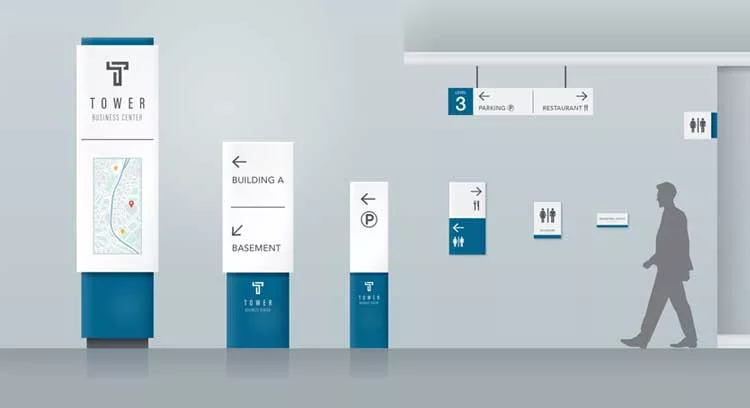As places around the world compete for visitors, having user-friendly parks and destinations has become a priority for designers and planners. So to ensure that visitors have the best experience possible, you need to recognize the importance of installing a wayfinding system that guides guests through historic sites, parks, and centers in a concise yet clear manner.
An effective park wayfinding system performs different functions. It promotes learning experiences, gives proper information and directions for people to find their way, communicates park guidelines, and helps sustain the park’s great image.
Moreover, you can use wayfinding systems in parks to meet specific needs in designated areas. It gives a sense of pride and place by integrating the culture and history of a particular site in the overall park signage design.
However, these benefits can only be gained when the signage and wayfinding are well-planned and well-designed.
So if you are tasked with creating signage systems for parks, here’s how to do it.
Step 1: Determine the purpose of the signage system.
Before anything else, you should decide the purpose and goals of the park signage system you want to create. Figure out what you want the system to do, which information to communicate, and who it is to serve.
Step 2: Assess the current wayfinding system of the park.
Walk through the park and survey the current conditions of its wayfinding system. List the things that work well and the things that need improvement.
A survey may include:
- Reviewing evaluation studies and current guidelines
- Gauging the existing signage in terms of its condition and relation to local conditions and topography
- Having a conversation with the park staff about the park and region
- Examining any accident or incident record to figure out what kind of signage and wayfinding to develop
As you walk to make your assessment, speak also with park visitors regarding the difficulties they are experiencing in using the park. Observe how different types of guests like families, children, and the elderly move through the park.
Step 3: Identify the unique selling points of the site.
Most people go to the park to learn and experience something unique. So make sure to identify the park’s unique aspects that you can highlight in the wayfinding signage system. Take note also of the areas that significantly promote local pride, contribute to a sense of place, and encourage learning about the site.
Step 4: Develop a plan for the park wayfinding system.
Use all the pertinent information you have gathered, and create a master plan. It must include signage and wayfinding that are directional and informational, and help people orient themselves when they arrive at the park.
The master plan should also lay out the important texts and symbols that portray the park’s visual brand guidelines. Consider using techniques that help incorporate the site’s history into the wayfinding system. Moreover, include messages specific to certain user groups, including individuals with disabilities.
Step 5: Work with a wayfinding design expert.
The best way to ensure that all your ideas and plans are put into reality is to work with a wayfinding design firm. These experts know precisely what a park wayfinding signage system must look like. From design to implementation, they are your best partner in making a park easily navigational and stand out.
Step 6: Test and evaluate the park’s new way-finding system.
Once installed, make sure to run a test and evaluate the signage and wayfinding systems you created to check if they are effective. Talk to the park staff and visitors about their experiences with the new wayfinding system and how the texts and symbols are designed, phrased, and located. Wayfinding signs are an easy and practical way to communicate with park users. However, they should be created expertly to give visitors a remarkable experience. Don’t hesitate to work with wayfinding consultancy firms to develop a wayfinding and signage system that minimizes user conflict, maintains user safety, and keeps people well-informed and connected as they walk through the park.





